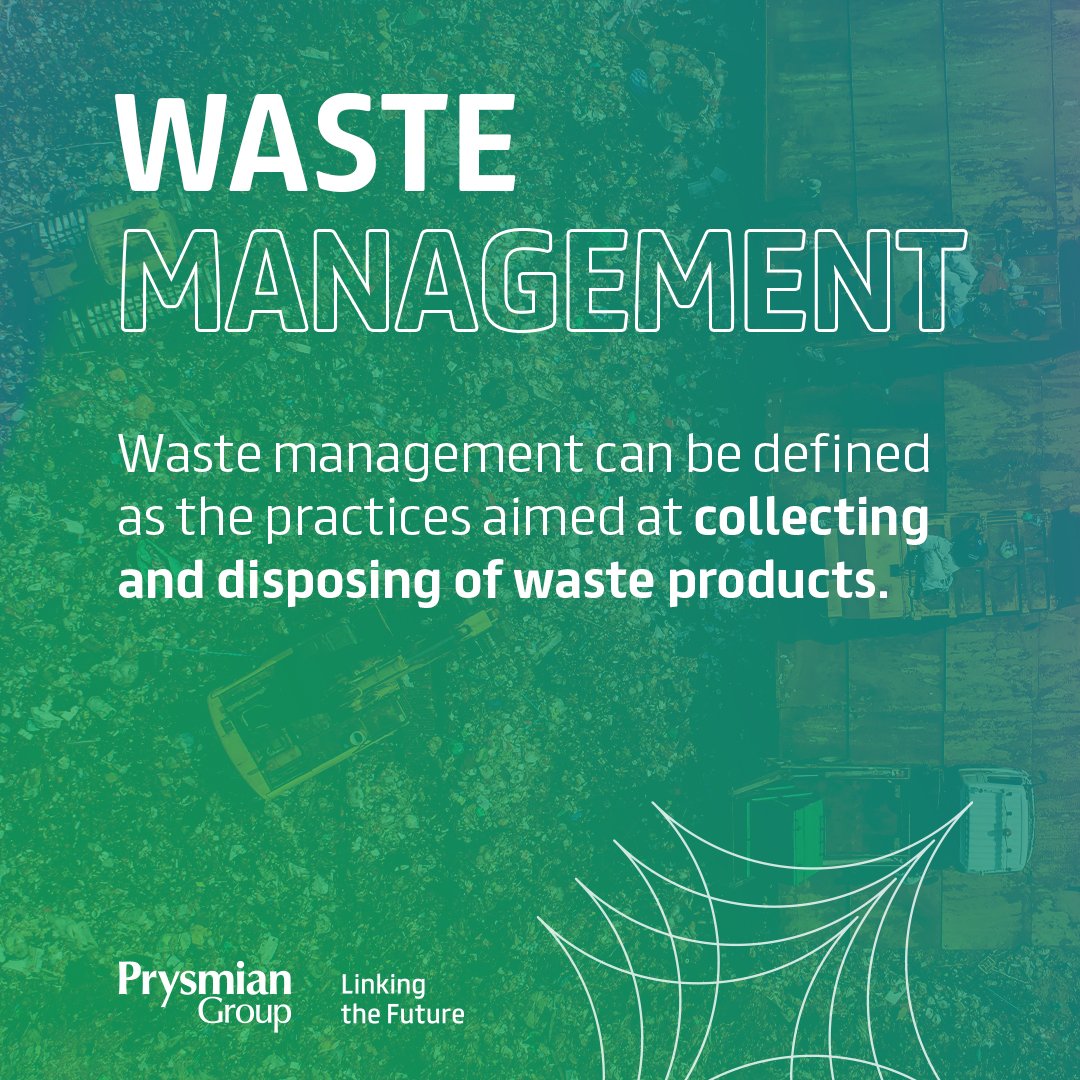The 8-Minute Rule for Reclaim Waste
The 8-Minute Rule for Reclaim Waste
Blog Article
Some Known Details About Reclaim Waste
Table of ContentsThe 2-Minute Rule for Reclaim WasteReclaim Waste Can Be Fun For AnyoneThe Best Strategy To Use For Reclaim WasteSee This Report about Reclaim WasteThe Definitive Guide to Reclaim Waste
Check out the types, occurrences, and kinds of fluid waste. Domestic sewer waste describes the waste and products from a property sewage-disposal tank. This type of waste is developed by human beings in residences, institutions, and various other structures. This only includes septic systems that have a drain area. The proper management and disposal of residential sewer waste require liquid waste to be moved to a sewer therapy plant where the proper techniques and devices are put on purify and get rid of waste.
Commercial waste frequently includes possible hazards, such as flammable materials or a combination of fluid and solid waste products, and requires an advanced and detailed disposal process. The disposal of business waste generally involves the purification of waste before transport to guarantee risk-free and proper disposal. Hazardous waste is developed from by-products and runoff of industrial procedures and manufacturing.
This kind of waste can not utilize the same sewage monitoring transport or procedures as septic or business fluids. The commercial waste management procedure calls for the inspection and testing of liquid waste prior to it undergoes the disposal procedure (industrial wastewater treatment). Drainage waste is the fluid waste that originates from overflow and excess stormwater in highly booming locations or cities
Drainage waste can create contamination and flooding otherwise taken care of appropriately. Discover much more concerning drain cleaning and waste monitoring. Guaranteeing appropriate waste monitoring can avoid calamities and reduce ecological damage. Both individuals in domestic setups and experts in commercial or manufacturing markets can gain from comprehending the processes and guidelines of liquid waste administration.
The Buzz on Reclaim Waste
Contact PROS Services today to find out regarding our waste management and disposal services and the correct ways to look after the fluid waste you generate.
(https://telegra.ph/Expert-Liquid-Waste-Disposal-and-Removal-Services-in-Melbourne-11-12)This so-called 'wastewater' is not just an important resource yet, after therapy, will be launched to our land, rivers or the ocean. Used water from bathrooms, showers, bathrooms, kitchen area sinks, laundries and commercial procedures is understood as wastewater.

water made use of to cool down machinery or tidy plant and equipment). Stormwater, a type of wastewater, is runoff that moves from agricultural and metropolitan locations such as roofings, parks, gardens, roads, paths and rain gutters right into stormwater drains, after rain. Stormwater moves without treatment directly to regional creeks or rivers, eventually getting to the ocean.
About Reclaim Waste
In Queensland, most wastewater is treated at sewer therapy plants. Wastewater sites is moved from domestic or industrial websites via a system of sewage systems and pump terminals, called sewerage reticulation, to a sewage therapy plant. Local federal governments construct, keep and run most sewage treatment plants. Operators are licensed under the Environmental Management Act 1994 to discharge treated wastewater at an acceptable ecological criterion into rivers.
The Department of Natural Resources advises regional governments concerning managing, operating and preserving sewerage systems and therapy plants. In unsewered locations, city governments may call for homeowners to install individual or home sewage treatment systems to deal with residential wastewater from commodes, cooking areas, washrooms and washings. The Department of Natural Resources authorizes using home systems when they are proven to be reliable.
Most stormwater gets no therapy. In some brand-new class, therapy of some stormwater to eliminate clutter, sand and gravel has started making use of gross pollutant catches. Wastewater therapy occurs in four phases: Removes strong issue. Larger solids, such as plastics and various other objects mistakenly released to drains, are eliminated when wastewater is travelled through screens.
Uses tiny living microorganisms understands as micro-organisms to damage down and remove remaining dissolved wastes and fine fragments. Micro-organisms and wastes are incorporated in the sludge.
Reclaim Waste for Beginners
Nutrient removal is not available whatsoever sewage therapy plants due to the fact that it calls for expensive specialised devices. It is ending up being much more usual in Queensland. Clear liquid effluent produced after treatment might still contain disease-causing micro-organisms. If this effluent is released into rivers such as rivers or the sea, the micro-organisms will eventually die out.

This normally means wastewater needs to be dealt with or impurities eliminated prior to it can be discharged to rivers. A lot of wastewater streams right into the sewage system. Under the Act, local governments administer authorizations and licences for environmentally pertinent tasks (Periods) entailing wastewater releases that might have a regional influence. The department carries out authorizations and permits to Ages entailing wastewater launches that might have a regional or statewide effect.
The 10-Second Trick For Reclaim Waste
Monitoring provides accurate information regarding water top quality and can validate that permit problems are being fulfilled. The information gotten through monitoring supplies the basis for making water high quality choices.
Report this page